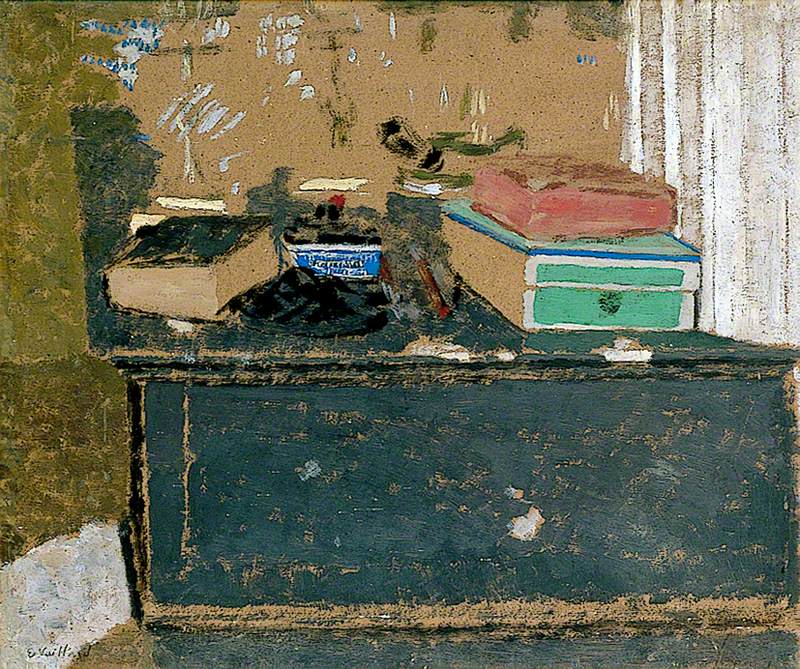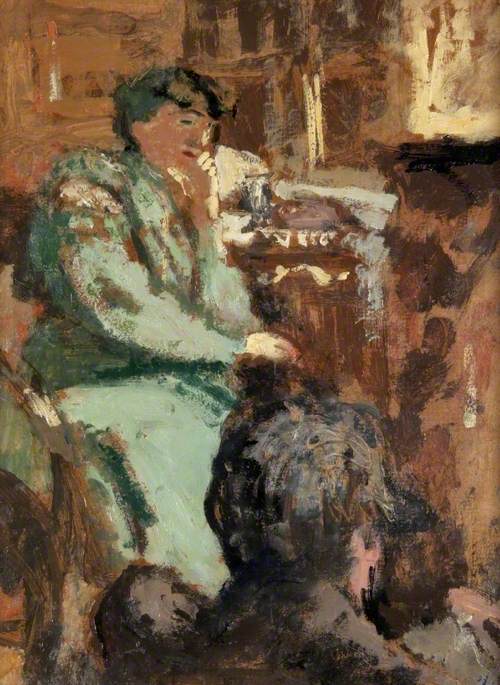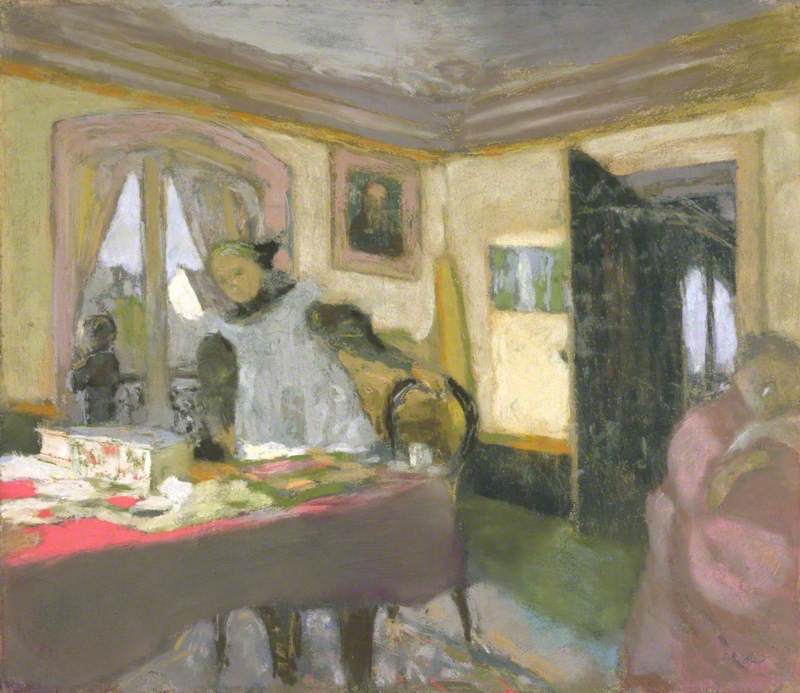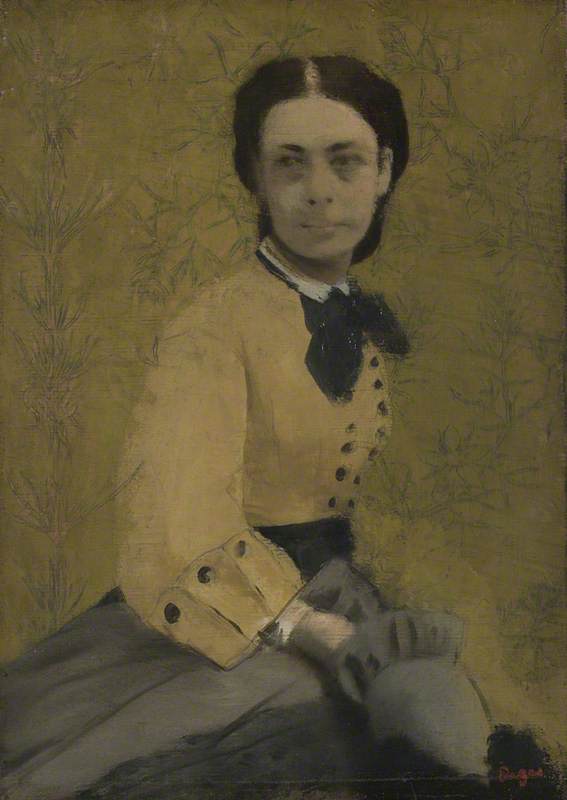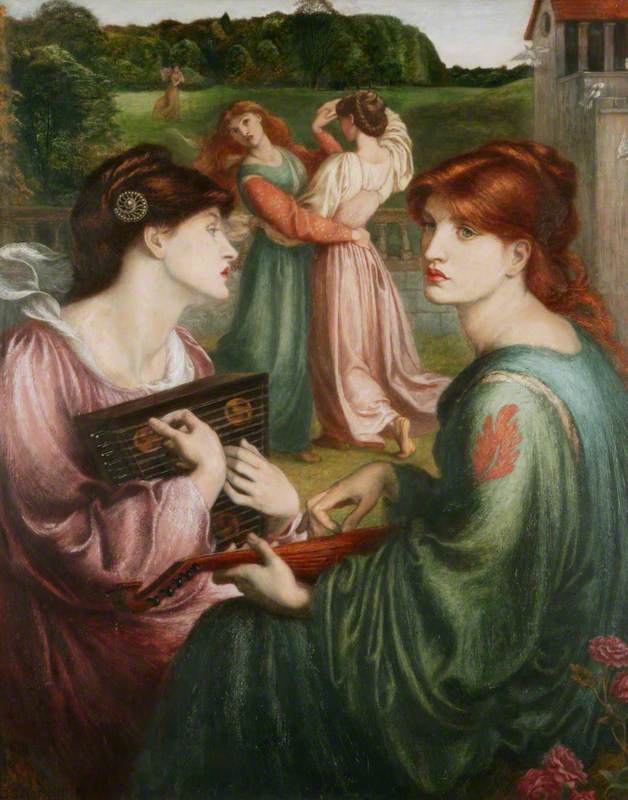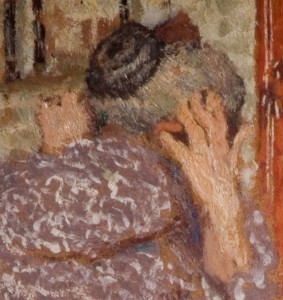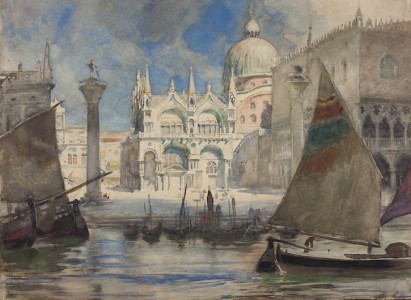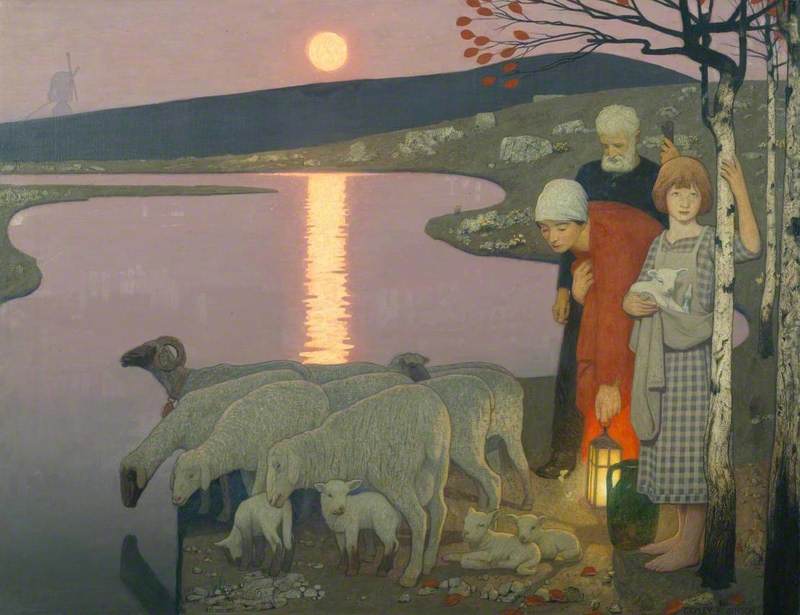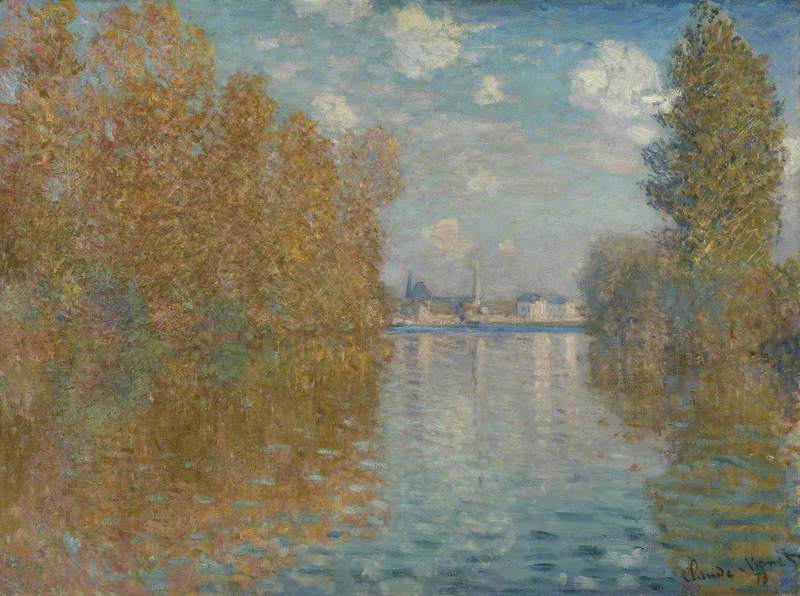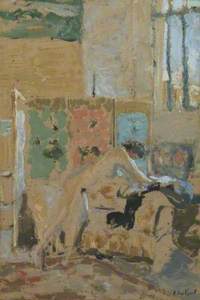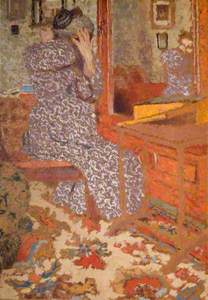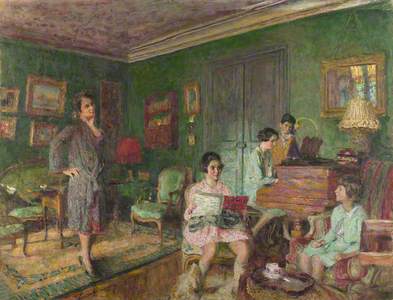Jean-Édouard Vuillard (1868–1940) was the youngest of three children born to Honoré (1811–1884) and Marie Vuillard (1839–1928). Honoré was a tax collector and former naval captain, who had been retired out of the French military in 1854 following
Somewhat surprisingly for a 20-something male modernist, the working practices of Madame Vuillard’s family atelier and the larger, modern-life theme, of feminine domesticity were to become the dominant (but not exclusive) motif of her son’s art. Moreover, Madame Vuillard’s sewing business provided dependable, if not substantial, income to the Vuillard household during the first decade of his career. Interestingly, Vuillard and his mother always co-habited and it was not until her death in 1928 at the age of 89 that Vuillard first found himself living alone, at the age of 61. In each of their modest, rented apartments, located in central and north-west Paris, he installed a studio in his bedroom – an atelier-
As the child of a decorated father, Vuillard was able to study as a teenager at the culturally sophisticated Lycée Condorcet in Paris, where he befriended his future brother-in-law Ker-Xavier Roussel (1867–1944). Vuillard’s schooling and subsequent artistic training between 1886 and 1889 at the independent Académie Julian and École des Beaux-Arts were to prove hugely significant in his development. Moreover, it was in these institutions that he developed a lasting network of male friends who would go on to become avant-garde and then leading cultural producers, as artists, writers, musicians and theatre directors, and who, in the main, had grown up in bourgeois families marked by greater financial independence than the petit-bourgeois industriousness of his own.
In late 1899 Vuillard was introduced by his schoolfriend Maurice Denis (1870–1943) to a self-styled group of Académie Julian students, the Nabis – a term derived from the Hebrew word for ‘prophets’. This youthful network of friends – including Denis, Paul Sérusier (1864–1927), Pierre Bonnard (1867–1947), Paul Ranson (1864–1909) and Henri-Gabriel Ibels (1867–1936) – identified themselves as a group in the wake of the 1889 Café Volpini ‘Exposition du
Nature morte au bougeoir (The Candlestick)
c.1900
Édouard Vuillard (1868–1940) 
By 1890 Vuillard was attending Nabi dinners and meetings, where he received the nickname of ‘le nabi Zouave’ on account of his distinctive red hair and long beard, evocative of the French north African regiment. These artists united in reaction to the illusionistic modelling demanded by the academic training system, but each took individual routes away from naturalism towards what Gauguin labelled Synthetism. This was a decorative style which fused form, motif and meaning, achieving its visual effects by the application of broad areas of non-naturalistic colour and a disinclination to model volume and space in light and shade.
Through Synthetism, the Nabis aimed to achieve visual expression of individual emotions and memories, as stimulated by the observable world. In the company of these artists, Vuillard’s painting soon progressed beyond his earliest output of realist still lifes and family portraits. In the early 1890s, he worked his way through and between a range of highly progressive, post-Impressionist, styles then circulating in the Parisian avant-garde, most notably those associated with Neo-Impressionism and Synthetism.
La chambre rose (The Pink Bedroom)
c.1910–1911
Édouard Vuillard (1868–1940) 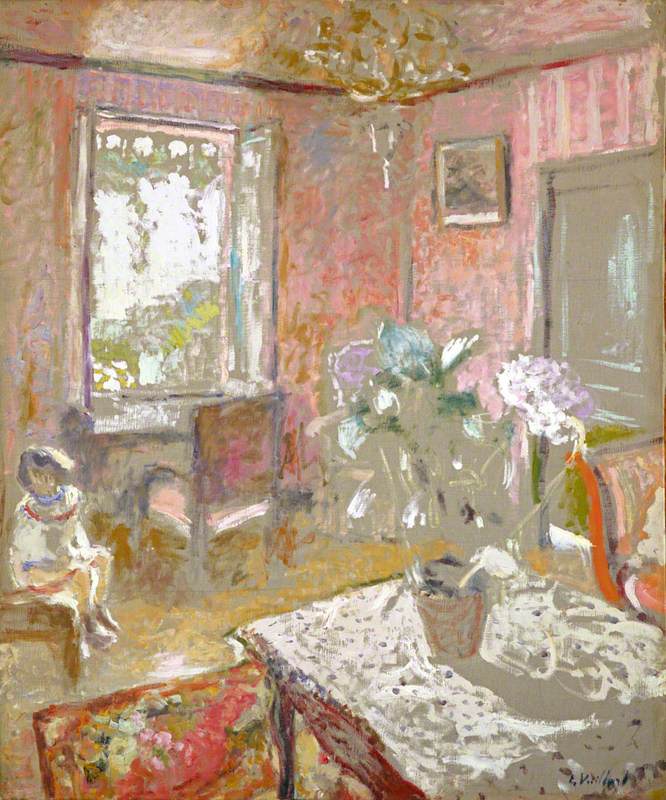
Vuillard and his friends never used the term ‘Nabis’ as a group identity for the purposes of public exhibition. Nonetheless, they exhibited together from 1891, including at the vanguard and informal Le Barc de Boutteville series titled ‘Exposition des
Interior with a Screen
1909–1910
Édouard Vuillard (1868–1940) 
Their individual artistic identities established, in the latter half of the
Madame Vuillard Arranging Her Hair
1900
Édouard Vuillard (1868–1940) 
The later decades of Vuillard’s career were dominated by increased financial prosperity derived from public and private commissions for large-scale decorations and portraits of the
Francesca Berry, University of Birmingham
